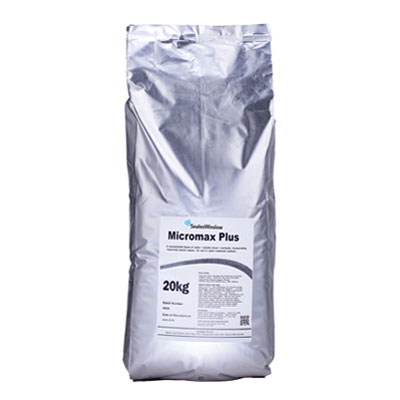Beef Advice
Pasture: It’s best to test
There really is no better way of finding out what’s in your pasture than doing a herbage test. We provide some useful tips on how easy it is to use this reliable knowledge tool.
They say knowledge is power. This certainly holds true in context of a forage based diet when it comes to knowing what you’re feeding to your animals by way of the pasture they eat.
In light of fluctuating nutrient levels, changing animal requirements and production objectives, hard facts are invaluable for making sensible decisions. And those facts are succinctly contained in herbage test results.
Sampling is simple when you know what to do
When you take a sample for a test, the first point to clarify is the objective for the test. This is important because it helps to establish the sampling method.
If, for instance, you wish to determine trace element levels in pasture after a fertiliser application then proceed as follows: Walk in a straight line across the sampling area and cut the pasture at grazing height. It’s important to avoid dung and urine patches. When you submit the sample, make sure you indicate on the form that the sample is to be washed. This ensures absence of any soil contaminants that can influence the mineral composition and may falsify the results.
Another common reason for sampling is to check nutrient levels in the pasture in order to determine whether there are any limiting nutrients that may affect herd nutrition. The first point to take into account when sampling is the grazing residual; it’s best practice to collect pasture to that height.
Further, if animals can avoid dung and urine patches, so should you in your sampling. However, if they are grazing dung and urine patches, then these areas should not be excluded from your sample.
The specific sampling methodology is determined by the animals that the pasture is destined for. Each species has a different way of consuming pasture as they graze. This should be accurately reflected in the sampling.
A cow, for instance, wraps her tongue around the grass and pulls it. You can mimic this with your hand by grabbing a bunch of grass, twisting and pulling it.
Sheep, deer and goats, by contrast, nibble on pasture which is best reflected by cutting the grass with scissors at the correct height.
These methods provide a representative sample of what the respective animals would be consuming. And, because the animals would eat the sample “as is” there’s no need for washing it. Just make sure that it’s cooled (not frozen!) and dispatched to the lab without delay as the energy in pasture drops quickly which may falsify results.

Micromax
Micromax is a concentrated blend of water-soluble micro-nutrients that are necessary for dairy and beef stock to maintain optimum production and health. It is designed to work in harmony with a fertiliser programme, filling the trace mineral gaps that cannot be met by applying solid fertiliser to the soil, ensuring your nutrient management programme is complete

